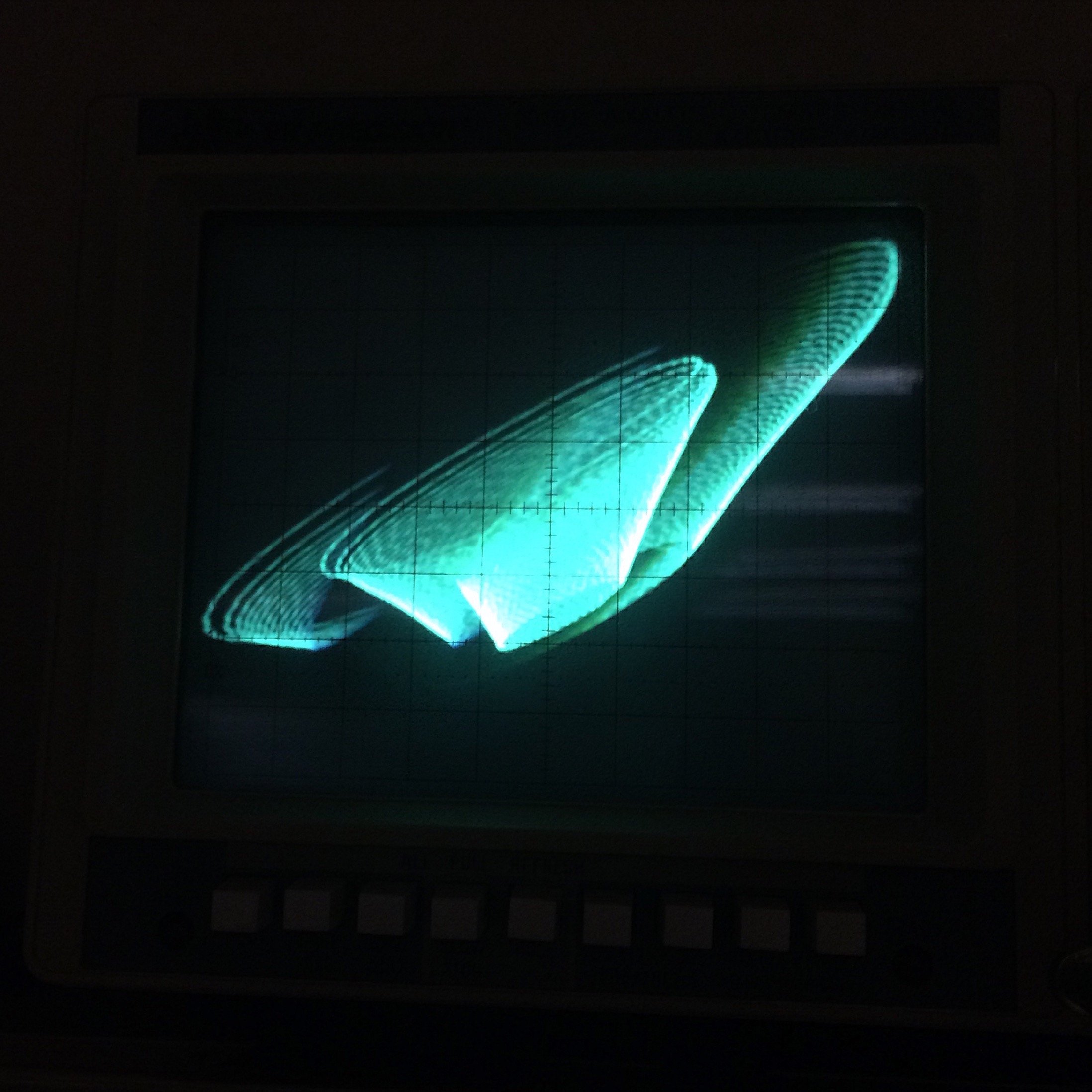Danielle Dobkin
Bio: Danielle Dobkin is a sound and installation artist and composer from Philadelphia, PA. She received a BA in Experimental Music and Electronic Arts from Bard College where she studied under Bob Bielecki, Marina Rosenfeld and Richard Teitelbaum. Always in search of new ways to engage and interact with sound, she works with modular synthesis, handmade circuits, and live electronic improvisation, and creates interdisciplinary projects with dancers, musicians, poets, and visual artists.
Thesis Exhibition



Artist Statement: I see myself as a resonant body creating spaces of sonic architecture for where other bodies may resonate. How can you create a body within sound? How can you create a sonic being that moves, breathes, and communicates: through you, to you, dances around you and then engulfs you? Within my practice, sound becomes my physical, kinetic, visual, and auditory medium. Like patchwork within modular synthesis, my sounds are built from the ground up, sculpted and woven together, then edited, tweaked, and tuned for the space they are sounding. My work often hints at ideas of synesthesia and focus around concepts of isolation, spirituality, submission, solitude, and rebirth. At the heart of my work I create immersive environments, something that may be experienced rather than listened to passively. Through my practice, I investigate where sound becomes a physical matter; I’m interested in the extreme upper and lower ranges of the frequency spectrum where sound is not only heard but also felt.
My thesis, headspace, explores these ideas through small, constructed resonant spaces where the audience is welcomed to place their heads. An assortment of resonant cubes are suspended from the ceiling, each with a uniformed exterior and a unique interior. Every cube is equipped with a transducer, which in turn transforms the box into a speaker. The work juxtaposes ideas of public and private space and creates a space of fluidity between the body and the sounds coming from within. Sound as a medium has no barriers; neither light nor walls may block the passing of sound. By creating resonant spaces through frequency and vibration, headspace offers a moment to experience isolation and meditation.
L to R: The Lissajous Curve (A visual representation of sound through an oscilloscope); headspace (Wood, sound, 2017); Suspended Reflection (Plastic, wax, 2016)
